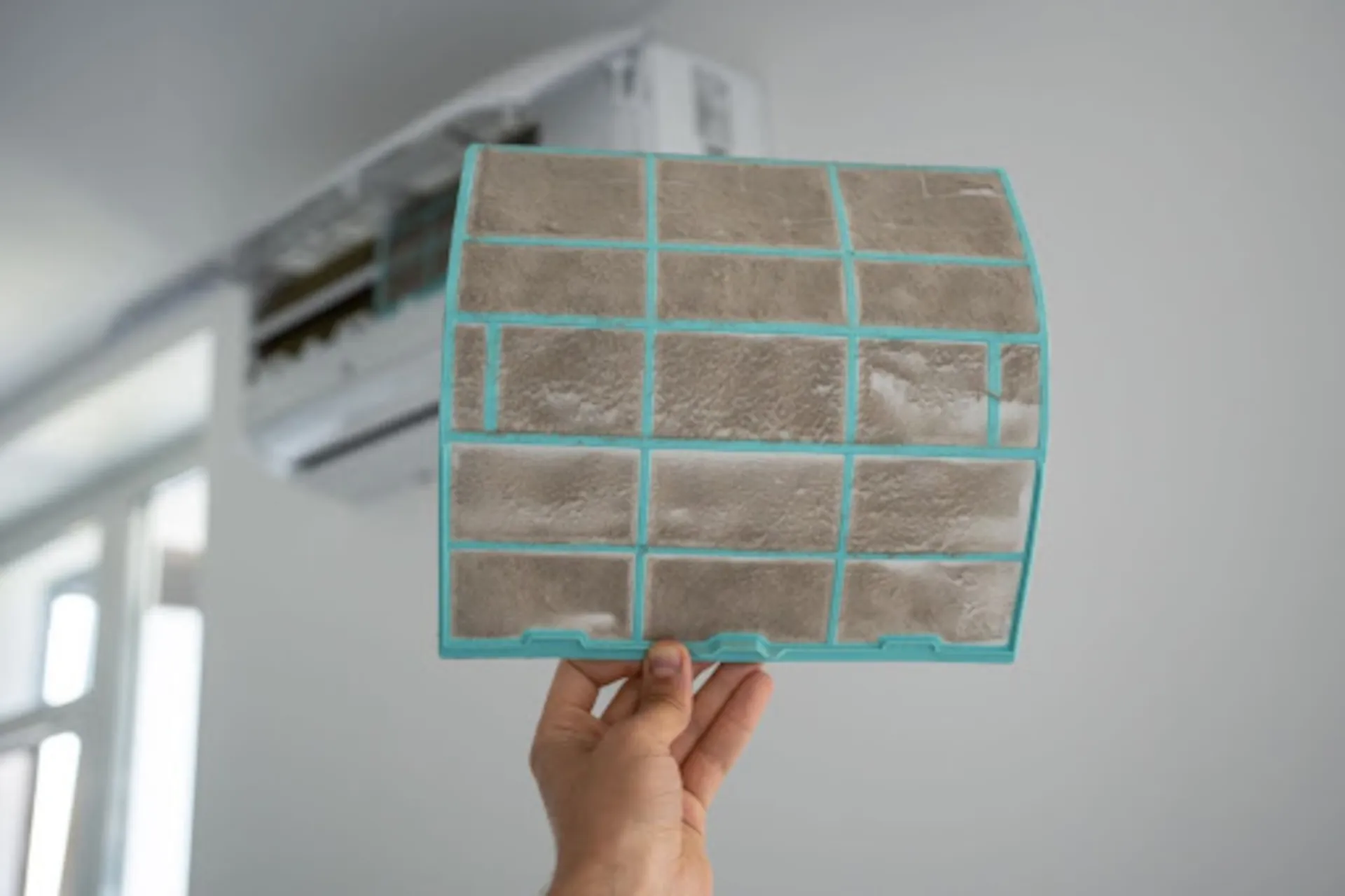
As the temperatures drop and windows start to close, the air inside your home becomes a much bigger part of your daily life. While many homeowners think of winterizing their homes in terms of energy savings and comfort, it’s just as important to think about indoor air quality, especially if you’ll be spending more time indoors over the coming months.
Winter brings a unique set of challenges that can degrade the air inside your home if you’re not prepared. From stale air and dry conditions to dust buildup and increased exposure to pollutants, it's the perfect time to take proactive steps to protect your indoor environment. Here's how to winterize your home for better air quality this season.
During warmer months, most homes benefit from natural ventilation, which includes open windows, outdoor airflow, and the regular movement of fresh air through the space. But in winter, homes are sealed tightly to conserve heat. While this improves energy efficiency, it also traps pollutants, allergens, and moisture inside.
Several seasonal habits and environmental factors contribute to lower winter indoor air quality:
The good news is that with a few intentional steps, you can improve winter indoor air quality and create a healthier home environment.
Your HVAC system will be working overtime in the winter, and its filter is your first line of defense against dust, allergens, and airborne pollutants. A dirty or clogged filter can circulate more contaminants through the air.
What to do:
Furnaces, boilers, and gas fireplaces should be professionally inspected before the cold season kicks in. Dirty systems can release harmful byproducts like carbon monoxide or circulate soot and dust throughout your home.
What to do:
Cold air holds less moisture, and indoor heating systems dry it out even more. This dry air can irritate your throat, skin, and sinuses, and it can increase static electricity and dust movement.
What to do:
Even in winter, it's important to let in fresh air occasionally, especially after cooking, cleaning, or using products that release chemicals.
What to do:
With doors and windows closed, chemical residues from cleaning products, air fresheners, and synthetic materials can build up in your indoor air.
What to do:
Dust builds up faster in the winter due to low humidity and static. Regular cleaning helps reduce allergens and improve air quality, but how you clean matters.
What to do:
Winter is a critical time to test for carbon monoxide and radon, both of which are colorless, odorless gases that can be harmful or even fatal with prolonged exposure.
What to do:
Some houseplants can help filter pollutants and add a touch of greenery to your indoor space during the gray winter months. However, they can also collect dust or grow mold if overwatered.
What to do:
Winter brings its own challenges, but with a little preparation, your home can remain both cozy and healthy. Focusing on winter indoor air quality ensures that your family is breathing clean, fresh air, even when the windows are shut and the furnace is running.
Small changes like replacing filters, maintaining proper humidity, and ventilating strategically can make a big difference. As the colder months approach, now is the perfect time to take control of your indoor air and enjoy the season with peace of mind. Contact us Today!
At Farsight Management we understand that not all indoor air quality companies are created equal.
We feel that it is imperative to educate ourselves, our employees, and our customers. You can trust that we follow all the national standards in regards to indoor air quality. This includes mold remediation, lead abatement, asbestos removal, and everything that we do.